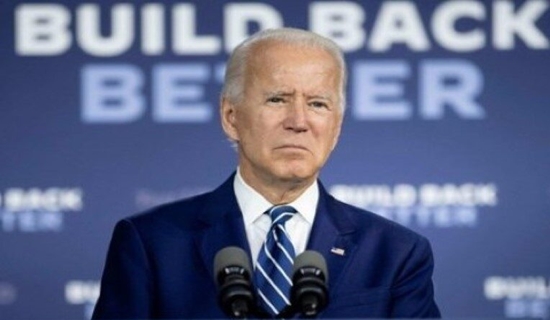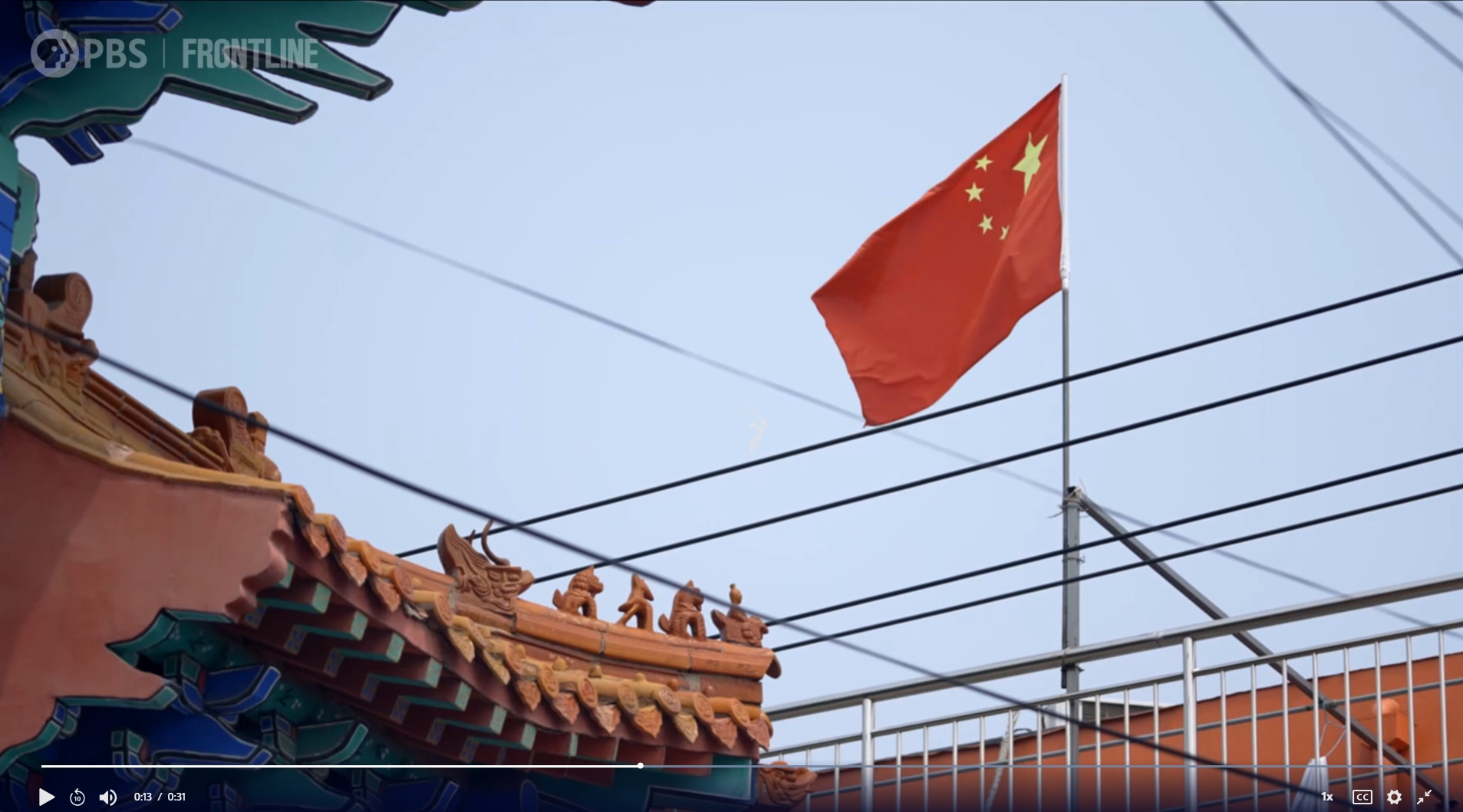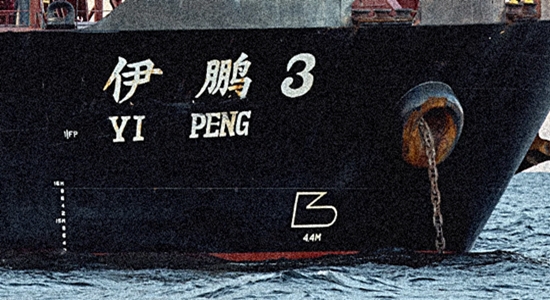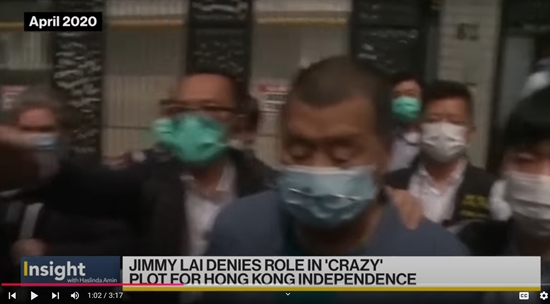
By 2023, Communist China, South America’s top trading partner, had scored free trade agreements “with Chile, Costa Rica, Ecuador, and Peru,” making for a total of 21 Latin American countries that “have so far signed on to China’s Belt and Road Initiative.”
The U.S. does not appear to have any such free trade agreements. In 2019, President Trump sought a free trade agreement with Brazil. But The New York Times called the trade deal that emerged in 2020 “limited.”
Then, in 2021, President Biden launched a Build Back Better World initiative to counter China’s Belt and Road Initiative “by developing infrastructure in low- and middle-income countries, including in Latin America. However, the Biden administration committed only $6 million to B3W in its first year.”
Last November, he promised increased investment in the Americas but offered no details.
Nearshoring
Congress has not been idle. Last year it introduced a Western Hemisphere Nearshoring Act to “provide incentives for companies to move operations from the PRC to Latin America and the Caribbean.” Whether you regard this bill as weak or strong, at any rate it’s dead.
In competing with China in the Western Hemisphere, it seems that we have an ineffective government that is “musclebound with too much money and too much bureaucracy,” as Richard Nixon said of the State Department, CIA, and military back in his own day.
According to analysis by Thiago de Aragao in The Diplomat, Chinese success seems based on small inputs that have a cumulative effect. Beijing deploys different institutions to create “different levels of dependency in countries that expand [dependency] over time and merge or deepen depending on the profile of each country.”
So, for example, the local source of the Chinese lobby “is not the Chinese government itself, but local players with clear interests in maintaining or expanding healthy and profitable relationships.” Also, “China manages to mix different topics in complex negotiations, due to the enormous degree of centralization in Beijing’s decision-making process.”
An Atlantic Council paper notes that “Beijing’s coordination of mounting trade, financing, and investment with concerted focus on diplomatic engagement, public diplomacy, and information operations [cultivates] greater influence across the region.”
In U.S. government, such would be the work of “the interagency,” a noun born in the iniquity of process, a dreaded, even hated temporary body combining delegates from different federal bureaucracies who have little or no incentive or desire to work together.
As long ago as 2007, the Brookings institution wrote that the interagency process of the American government “is badly broken. This is especially true in the realm of national security. The federal government has archaic, vertical, ‘stove-pipe’ organizational structure and processes that severely undermine success in operations and policy implementation. We are unable to achieve unity of effort and a whole-of-government approach to devising solutions to critical problems.”
Unfixable
John Hamre, a former Deputy Secretary of Defense, is skeptical of any fix.
“This is a problem that cannot be resolved, in my mind. It is implicit in our form of constitutional government, which is a presidential democracy, not a parliamentary or Westminster democracy. Thus, we are doomed to argue endlessly about improving the interagency process, knowing that it will always reflect the preferences of the current incumbent of the executive mansion.”
Or maybe it will reflect only the preferences and inertia of the bureaucrats themselves. As Harry Truman said, “He’ll sit right here and he’ll say do this, do that! And nothing will happen. Poor Ike—it won’t be a bit like the Army.”
Meanwhile, China tallies its wins.
● As of 2023, four South American “free trade” agreements (more like managed trade agreements) and 21 Latin American accessions to the Belt and Road Initiative.
● PowerChina, the state-owned Power Construction Corporation of China, “has more than fifty ongoing projects across fifteen Latin American countries as of late 2022.”
● “As of June 2022, China had delivered more than four hundred million vaccine doses to Latin America.”
● Honduras, the Dominican Republic, and Nicaragua have changed their China recognition from the Republic of China to the People’s Republic.
● “In Brazil, regulators reversed an earlier decision to bar Huawei from developing the country’s 5G networks weeks after China provided Brasília with millions of vaccine doses.”
● China now has a “foothold in some 40 ports in Latin America.” It has 11 satellite ground stations in the region.
● Its trade with Latin America and the Caribbean reached $482.6 billion in 2022.
According to the Associated Press, America itself imported $562.9 billion in goods and services from the PRC. So China’s economic influence is hardly limited to Latin America.
Another Nixon quote comes to mind, something about a pitiful, helpless giant. □
James Roth works for a major defense contractor in Virginia.





